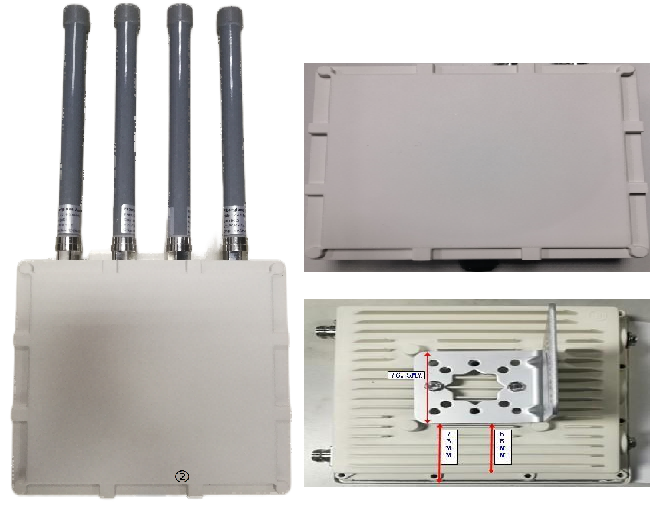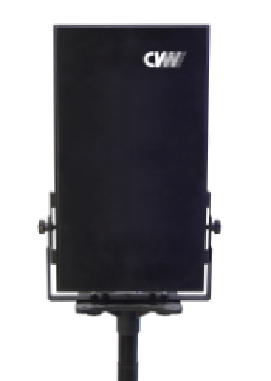Video transmission refers to the process of sending video signals from one location to another, typically involving steps such as encoding, compression, modulation, transmission, demodulation, decompression, and decoding. The quality and efficiency of video transmission depend on multiple factors, such as video resolution, frame rate, bit rate, bandwidth, signal-to-noise ratio, latency, etc. In some scenarios with high requirements for video transmission, such as cloud games, cloud VR, remote healthcare, etc., it is necessary to implement zero delay and uncompressed video transmission technology, that is, to achieve real-time transmission of video signals without losing video quality.
Zero latency and uncompressed video transmission technology is a challenging technology, and there is currently no unified standard or solution. Different manufacturers and research institutions are trying to develop their own solutions, mainly with the following ideas:
Utilize high-frequency wireless signals. High frequency wireless signals have higher data transmission capabilities and can be used to transmit uncompressed high-definition video signals. For example, using 300 GHz terahertz waves as an information carrier can achieve wireless transmission of 8K ultra high definition video at a data rate of 48 Gbit/s. The advantage of this scheme is that it can achieve almost zero latency video transmission, but the disadvantage is that it is limited by distance and occlusion, making it suitable for applications over short distances.
Utilize specialized chips and protocols. Specialized chips and protocols can be optimized for specific scenarios to improve the efficiency and stability of video transmission. For example, utilizing the DM5680 wireless high-definition video receiver chip can achieve unparalleled and powerful video/audio/data security links from the air to the ground. The advantage of this scheme is that it can be compatible with existing analog FPV cameras and has strong anti-interference ability and low power consumption. The disadvantage is that it requires specialized design and manufacturing of chips and equipment, which is costly.
Utilize new encoding and compression algorithms. New encoding and compression algorithms can ensure video quality while reducing video data volume and processing complexity, as well as reducing bandwidth and latency required for video transmission. You can reduce the amount of 4K or 8K video data by more than half while maintaining the same or better image quality. The advantage of this solution is that it can adapt to different network environments and device conditions, but the disadvantage is that it requires updating the codec and software and hardware platforms, resulting in poor compatibility.
In summary, zero delay uncompressed video transmission technology is a cutting-edge and valuable technology that is currently constantly developing and improving. Different solutions have their own advantages and disadvantages, which are suitable for different application scenarios. In the future, there may be more innovative and integrated solutions to provide users with a better video experience.

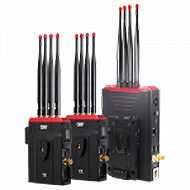 Multi-camera wireless video transmission
Multi-camera wireless video transmission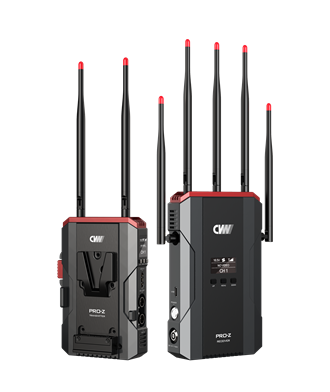 Zero Latency Wireless Video Transmission
Zero Latency Wireless Video Transmission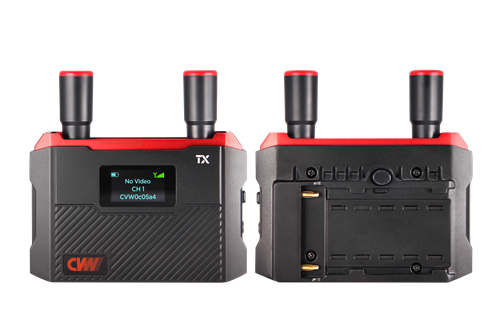
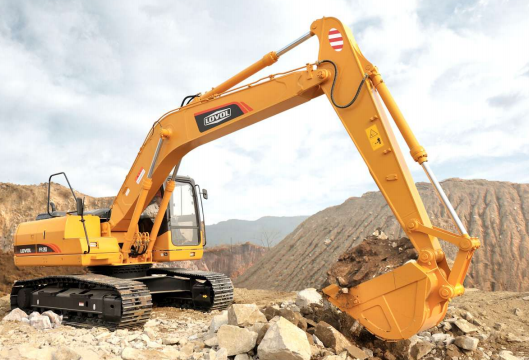 Designed for teleoperating the heavy equipment
Designed for teleoperating the heavy equipment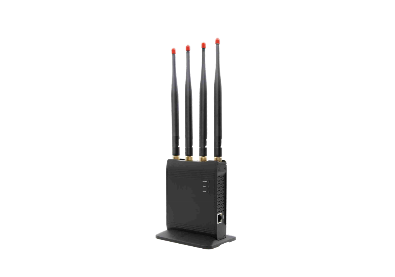 Wireless high-speed data transmission
Wireless high-speed data transmission